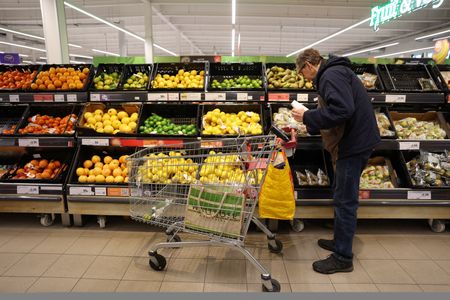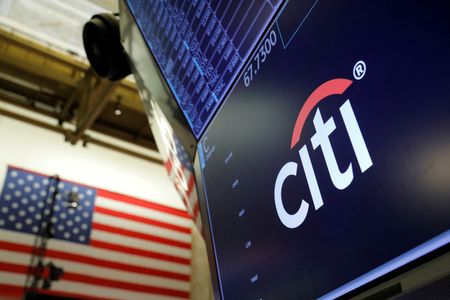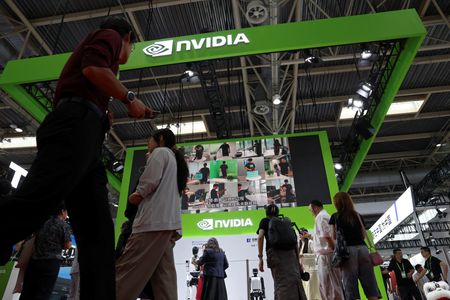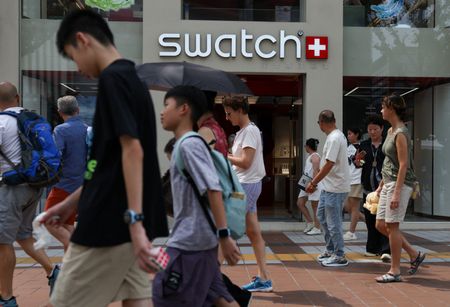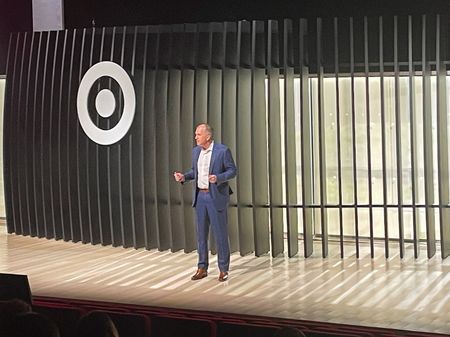By William Schomberg and David Milliken
LONDON (Reuters) -British inflation looks set to hit 4% next month, double the Bank of England’s target and a level likely to add to nervousness at the central bank about the risk of price growth getting stuck at a stubbornly high rate.
Consumer prices climbed by 3.8% in July, data showed on Wednesday, the fastest annual rise for a Group of Seven economy and approaching the BoE’s forecast of a 4% peak in September.
While below the four-decade high of 11.1% reached in October 2022, when energy prices were surging after Russia’s invasion of Ukraine, July’s reading was the strongest in 18 months.
By comparison, U.S. inflation held at 2.7% in July and in the euro zone it is expected to stay around 2%. British inflation has been above the BoE’s 2% target almost constantly since May 2021.
Little wonder then that the central bank – which saw its standing fall in the eyes of the public when inflation jumped in 2022 – has suggested that its already gradual run of interest rate reductions might slow, even with the jobs market weakening.
That would be a blow to Prime Minister Keir Starmer and finance minister Rachel Reeves who are seeking to speed up Britain’s slow-moving economy. They have pointed to the five rate cuts since they came into office as a sign of progress.
The BoE’s quarter-point cut to its benchmark rate on August 7 was opposed by almost half of its monetary policymakers.
One of them, Catherine Mann, pointed in March to research in the United States showing that public attentiveness to inflation doubles when price growth hits 4%.
The research, by Oliver Pfaeuti, a University of Texas assistant professor, found the increased U.S. public awareness of inflation “substantially amplified the already inflationary supply shocks and rendered inflation more persistent”.
Thomas Pugh, chief economist at accountancy firm RSM UK, said inflation at 4% was probably not an automatic trigger for long-lasting economic damage but “there is some pretty good evidence that consumers and businesses are paying a lot more attention to inflation”.
He noted that September’s data would be used to set rail fares and student loan repayments and by some pension schemes.
“There is a genuine risk of some higher inflation becoming baked into the system,” Pugh said.
Many businesses are caught between the burden of rising costs and the risk of losing customers also under strain.
Steve Hardeman, managing director of Clevedon Fasteners, which makes rivets and other parts for construction and engineering firms, said his firm had raised prices around five times since 2022 in response to higher electricity bills and labour costs. “We’re looking at increasing our prices again because of things that are coming down the line,” he said.
Nimisha Raja, founder of food manufacturer Nim’s, said she had seen a lot of “opportunistic” price rises. She pushed back when one supplier sought to raise the price of courgettes by another 5% after a 30% increase earlier this year. “I said we can’t afford to do that because we can’t pass this cost on to our customers. And they did back down.”
BANK OF ENGLAND ON ALERT
The BoE has become increasingly alert to the risk of inflation getting stuck too high. But it is counting on a gradual deceleration in wage growth to continue.
At around 5% a year, it is down from almost 8% two years ago but remains far above the 3% level that the BoE thinks is consistent with its 2% inflation target.
Despite a slowdown in payrolls numbers, some employers are still scrambling to retain staff.
The British arm of German supermarket Lidl said last week it would give workers a fifth pay rise in two years, matching an increase at rival Aldi.
Many other firms are taking a more cautious approach.
Private-sector pay settlements held at 3% in the three months to July and uncertainty about the economy suggest further caution ahead, data firm Brightmine said on Wednesday.
Inflation hitting 4% in September was unlikely to affect pay settlements for early 2026, Sheila Attwood, HR insights and data lead at Brightmine, said.
But if inflation holds around 4% in the following months, that could have an impact in the spring, she said.
The head of a major trade union group responded to Wednesday’s inflation figures by saying workers needed immediate pay rises. “The time for action is now,” Unite general secretary Sharon Graham said.
The BoE has forecast inflation to slow to 3.6% in December and average 2.5% over 2026 before returning to 2% only in the second quarter of 2027.
However, the central bank said the risk of higher-than-expected inflationary pressures had risen.
Robert Wood, chief UK economist at Pantheon Macroeconomics, expects inflation to be higher than the BoE does at 2.7% in 2026 and close to 2.5% in 2027, in part because he assumes finance minister Reeves will end a car fuel duty freeze and may resort to other tax hikes to stay on track for her budget targets.
Wood predicts the BoE has now reached the end of its rate-cutting cycle.
For now, however, most economists think the jobs market slowdown will allow for borrowing costs to be lowered further.
A Reuters poll of analysts showed most expect a rate cut in November and another in early 2026.
“There is always a risk that wages react to higher inflation, but at least this is not 2021,” Philip Shaw, chief economist at Investec, said, pointing to a rise in unemployment, more people entering the workforce and no energy price surge.
“It may be an environment where the Monetary Policy Committee chooses to be cautious but the labour market currently looks too weak to pose a major, medium-term inflationary threat.”
(Writing by William Schomberg; Editing by Toby Chopra)

